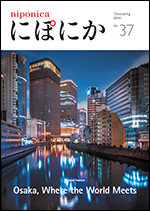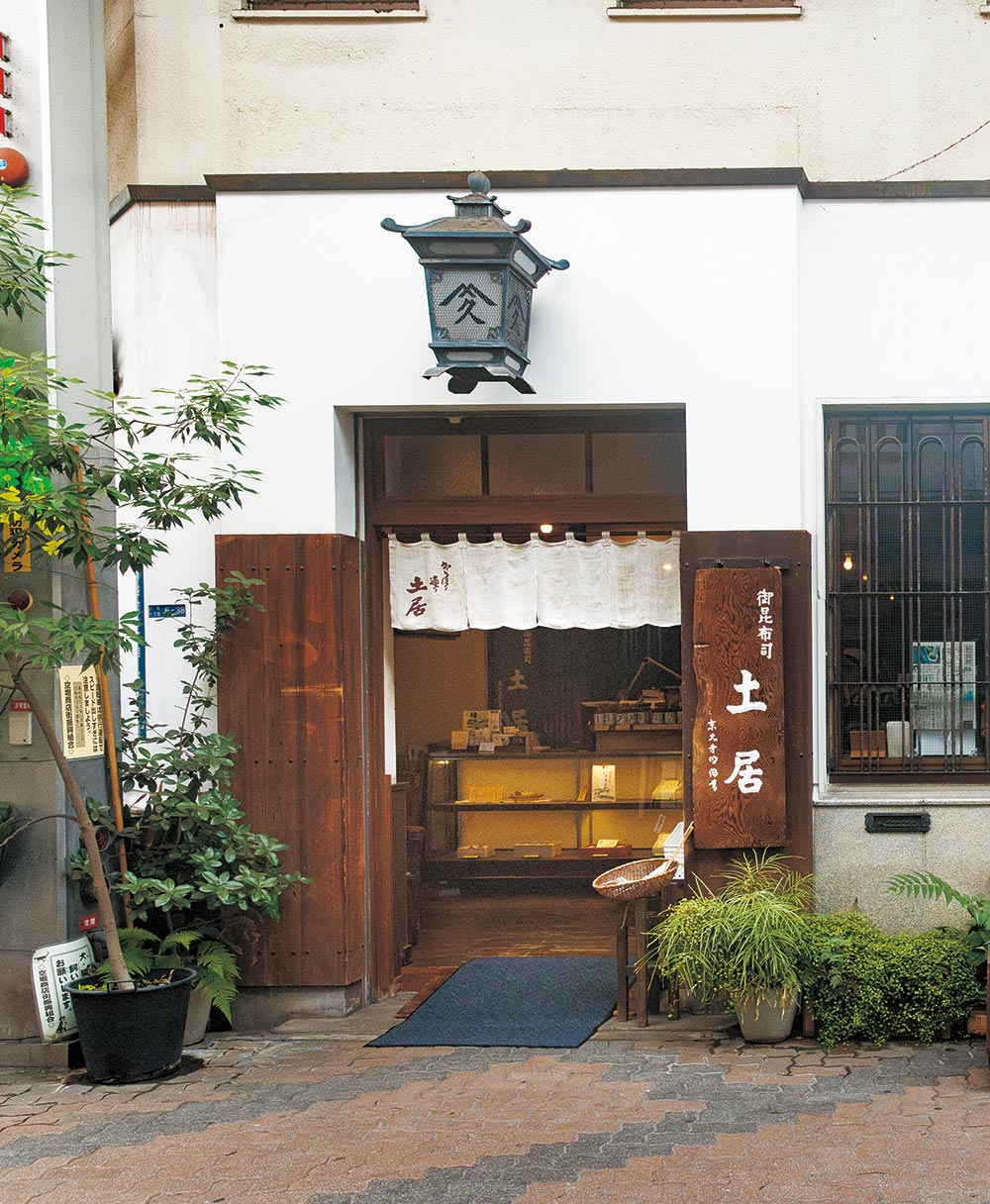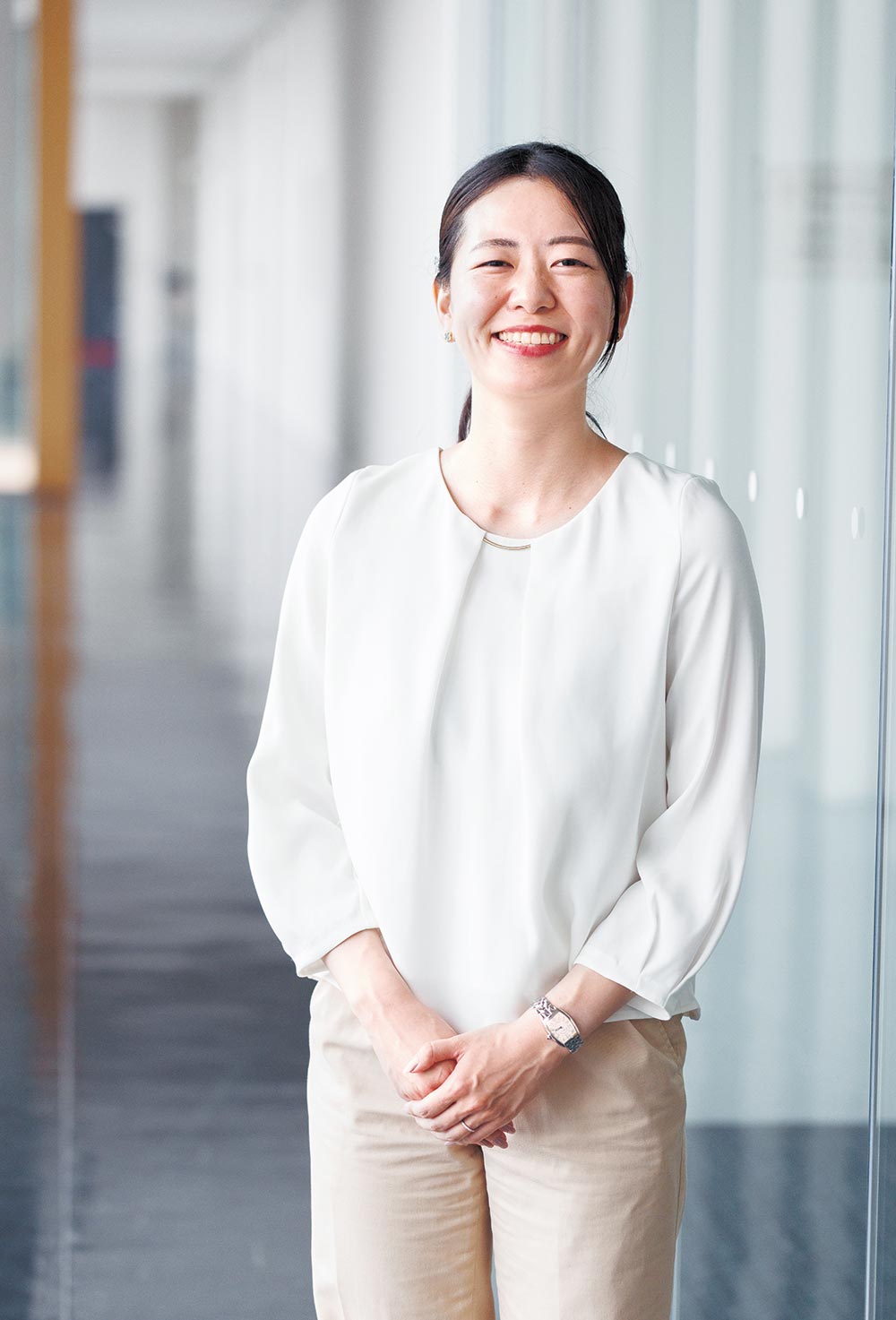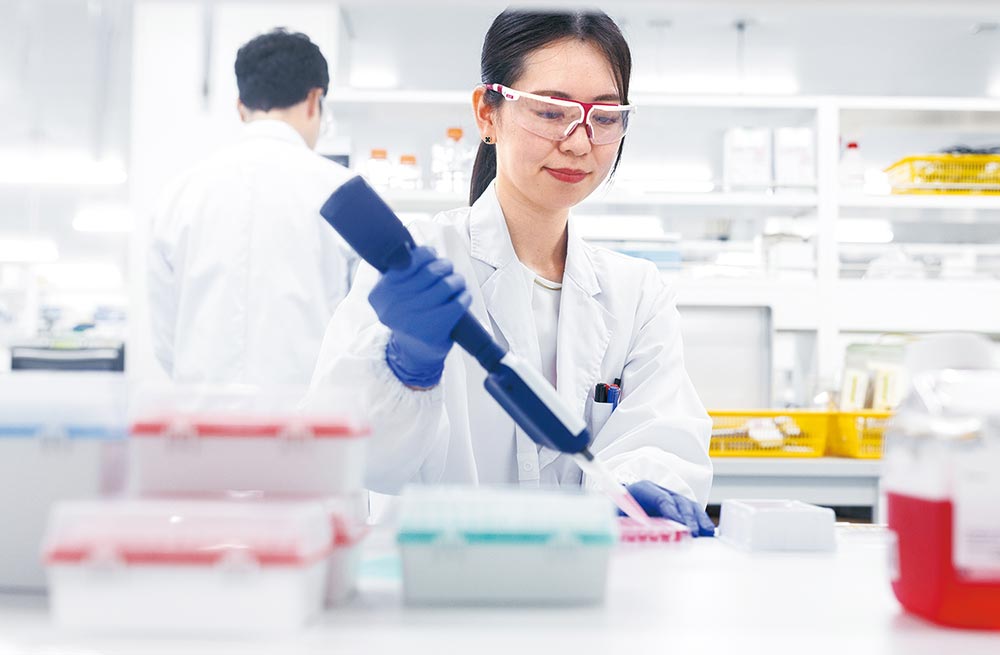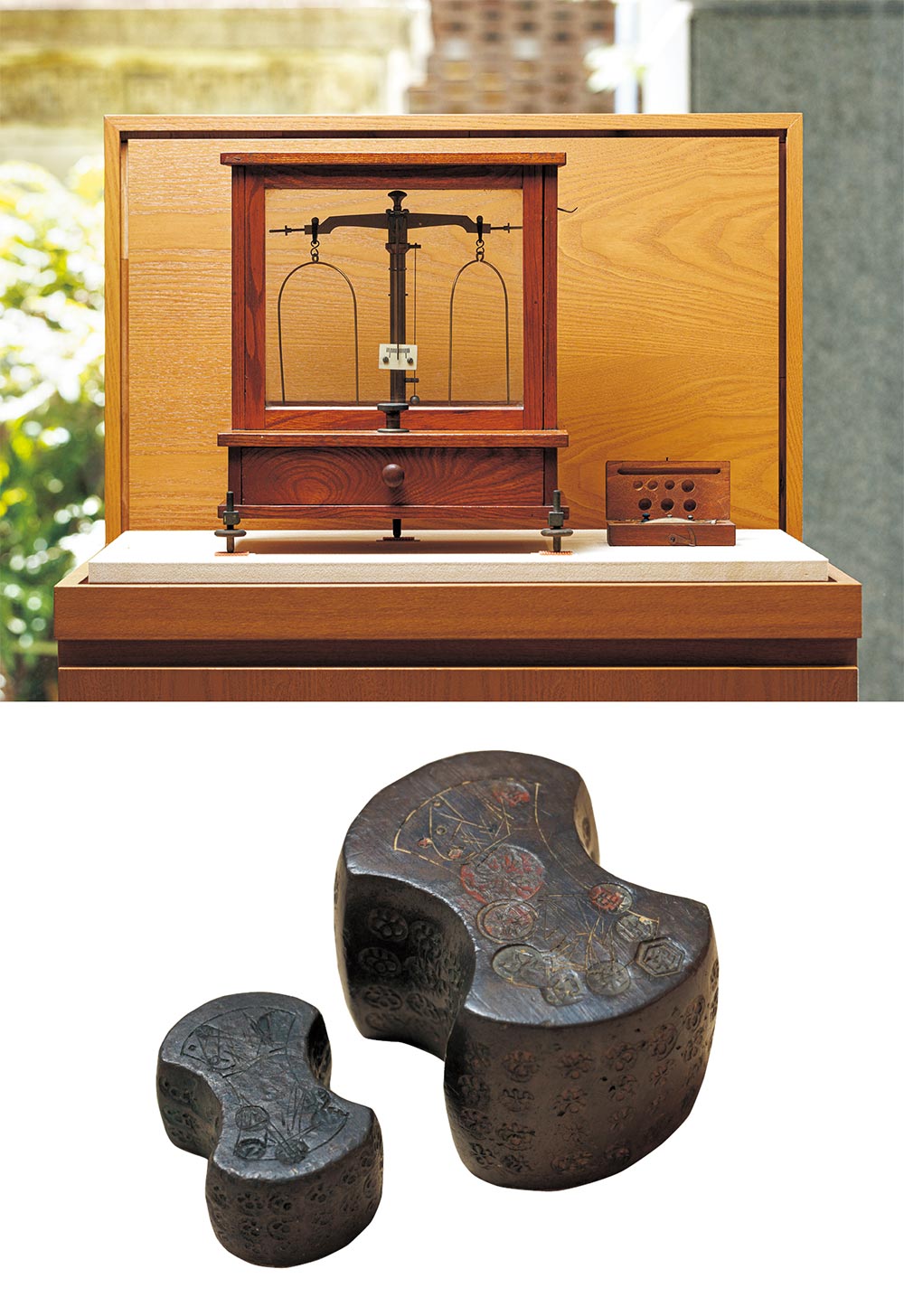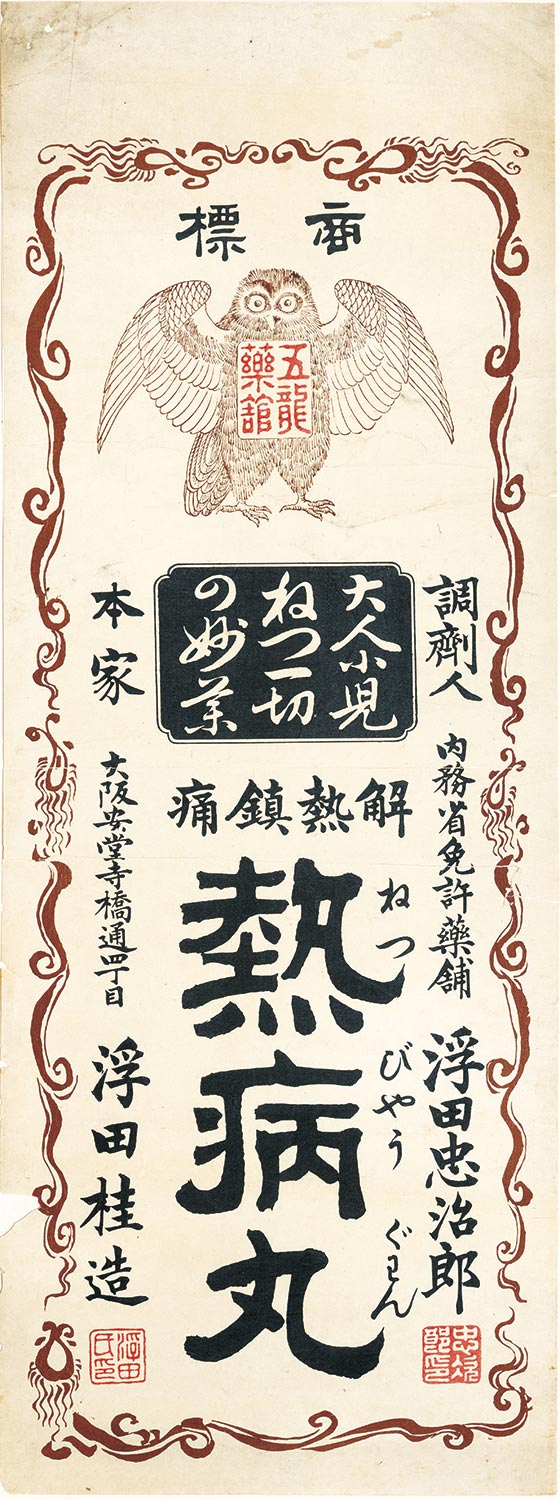
2025 NO.37
MenuOsaka, Where the World Meets

Inheriting the History of a Commercial City
Osaka has long been a merchant town with a konbu (culinary kelp) and medicine culture, which has been inherited by today’s generation.
Photos: Kurihara Osamu
Carrying Osaka Konbu Culture into the Future

Doi says he wants to protect and nurture konbu culture and pass it on to the next generation.
Osaka was a distribution and commercial hub during the Edo period (1603-1868) as prosperous as Edo (present-day Tokyo). The kitamae-bune or (north-bound ships) played a key role in the development of the area. Ships from Ezo in the north (present-day Hokkaido) brought specialties and products from across Japan to Osaka via ports on the Sea of Japan and the Seto Inland Sea.
One product shipped in at the time was edible kelp called konbu, which is used to make the dashi broth that forms the base of much Japanese cuisine. High-quality konbu arrived in Osaka, where the local soft water enriched dashi with even more umami flavor. This dashi-focused konbu culture shaped Osaka dining tables, from high-end restaurants to the homes of common people.
“Konbu Doi” is a konbu specialty shop established in 1903. With a discerning eye, Doi Junichi, the fourth-generation owner of the shop, selects high-quality konbu that has been carefully aged. Doi visits Hokkaido, where konbu is harvested, to support the producers there. He laments that konbu production has declined in recent years due to a lack of young workers, global warming, and less attention on this edible kelp as eating habits in Japan have changed. “But once you get a taste of the real thing, you understand that we must preserve this konbu culture,” he adds. Carefully prepared konbu broth has a sweet and refined taste and a natural umami that permeates the body and soul. “Konbu broth is the essence of Osaka culture, which we are proud to share with the world. Above all, we want everybody to know how delicious it is.”
Taking on New Drug Development with the Pride of “Medicine Town”
Pharmaceutical researcher Yoshikawa Alice says she feels a deep satisfaction when she learns that a drug she was involved in researching is being used to treat patients.
Not far from Umeda in the heart of Osaka, the Doshomachi district, now lined with office buildings, has been bustling since around the 17th century, when the streets were lined with drug wholesalers. At one time, Doshomachi had sole responsibility for quality control and pricing of drugs in Japan and so was known as the crossroads of all Japanese medicine. Because so many pharmaceutical companies are still based there, the area continues to be known as “Medicine Town.”
Founded in 1878, Shionogi & Co., Ltd. is one of these pharmaceutical companies. Thanks to its advanced drug discovery technologies, it has made the leap from Doshomachi to the world stage. Yoshikawa Alice, a researcher at the Shionogi Pharmaceutical Research Center, is engaged in drug discovery to treat viral infections. She is in charge of research to verify the effectiveness of drugs, which begin in the early stage of development and continue until immediately before market launch. “Our work affects people’s health so we cannot let ourselves be complacent,” she says. The company’s motto has been “pursuing precision in delivering safe medicine” since its inception. Yoshikawa carries on the pride of the Osaka drug merchants of the past, who valued trust and reliability above all.
In the face of a global viral pandemic, Yoshikawa says she felt a strong desire to help fight diseases like these. “I hope we can develop a new drug that will enhance the body’s immune system. That way, we may be able to help people suffering from those symptoms and the aftereffects of the diseases,” says Yoshikawa, speaking warmly and sincerely of her dreams.
The original apothecary scale (above) and balance weights (below) used to measure amounts of medicine. The balance weight is still used today as the company’s symbol.

